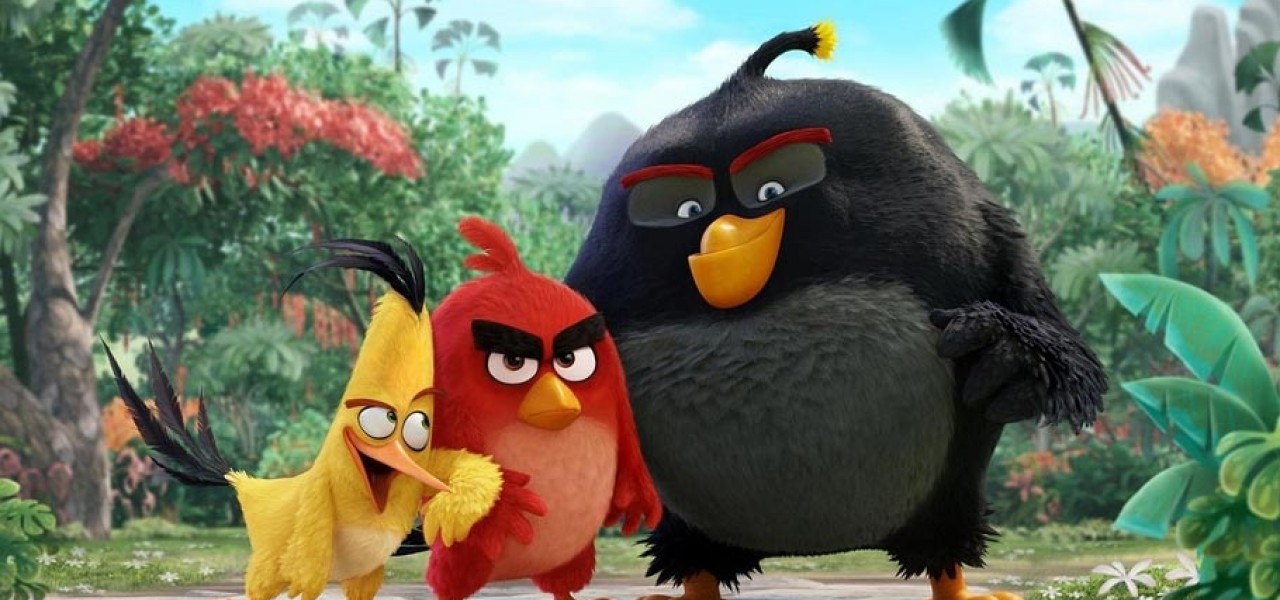

‘Angry Birds’ Feature Will Cost $180 Million to Produce and Market
Just a short while ago, the Angry Birds were flocking everywhere. They had their own official store in Helsinki, an animated TV show, and were being endorsed and celebrated by the likes of Conan O’Brien and Justin Bieber. We got Angry Birds Star Wars, Angry Birds Transformers, Angry Birds Hot Wheels, and Angry Birds Jenga. There were even those who even dressed as Angry Birds.
Not so much anymore.
The game company Rovio, the Finnish makers of Angry Birds, aren’t exactly struggling—they had revenues of nearly $170 million last year—but their balloon-bird franchise is rapidly deflating. Over the last three years, they’ve lost nearly 100 million users, dropping from 263 million active monthly users in December 2012 to 170 million active monthly players today.
Rovio, however, isn’t giving up on the characters anytime soon. In fact, they’ve doubled down on the franchise, revealing that the budget of the upcoming Angry Birds animated feature, due out May 20, 2016, is a whopping $80 million.
Furthermore, they’re financing the entire production of the film themselves. This is not an $80 million American studio film, but an $80 million dollar film made by a Finnish studio, which hired Sony Pictures Imageworks to produce the animation. When all is said and done, it will become the most expensive Finnish film ever made by more than $70 million.
“It’s a huge investment for a company of our size,” Rovio’s new CEO Pekka Rantala acknowledged in a Fast Company article last week. “Some people might think we are crazy, but we are very excited, and we are very confident that this is the right move because when we decided to make it we decided to make it right.”
The architect of Rovio’s approach to movie production is David Maisel, the former Marvel Studios chairman who employed a similar self-financing technique at Marvel before the company was acquired by the Walt Disney Company in 2009. While Rovio’s approach is unconventional, it gives them the benefit of keeping all the rights to the characters.
Said characters have been treated to an extensive movie makeover, having newly acquired lips, wings, and the voices of such actors as Peter Dinklage, Josh Gad and Jason Sudeikis. But it remains to be seen whether the Angry Birds’ essential appeal and infinite merchandise potential will translate to popularity on the big screen.
Rovio is spending a sum greater than the production budget—$100 million—to distribute and market the film, though some of that cost will be absorbed by Sony, who will distribute the film through its Columbia Pictures division. [UPDATE: Rovio is spending over US$110 million total on the film, according to the Helsinki Times. That means that at least $30 million of the $100 million distribution and marketing budget also comes from Rovio’s coffers.]
The film has plenty of experienced hands on deck, including animation veterans Clay Kaytis and Fergal Reilly who are directing the film, writer Jon Vitti ( Alvin and the Chipmunks, Simpsons), and producers John Cohen and Catherine Winder.
With the experienced people at the helm and the $180 million layout, it’s unlikely the film will tank, but with the Angry Birds brand fizzling out, there’s a real urgency to get the film in front of moviegoers before the audience has moved on completely.
Even if the film doesn’t strike the box office gold that Rovio envisioned when they announced the film back in 2012, the company could still benefit financially. Pekka Rantala explained to Fast Company, perhaps too candidly, that Rovio sees the film mostly as an opportunity to prop up its profitable licensing and merchandising business which includes 400-plus licensees producing nearly 30,000 Angry Birds-branded products:
“The business peaked very much during 2013. And now it’s normalized and the movie will create the next boost for the business. In February at the New York Toy Fair and at the Nürnberg Toy Fair in Germany, we had tens and tens of discussions with our existing license partners and also potential new ones, and we have been able to close a lot of licensing deals for next year because of the movie. It’s really creating a halo effect already, even though it’s still one year before it’s out. That’s a big thing.”

